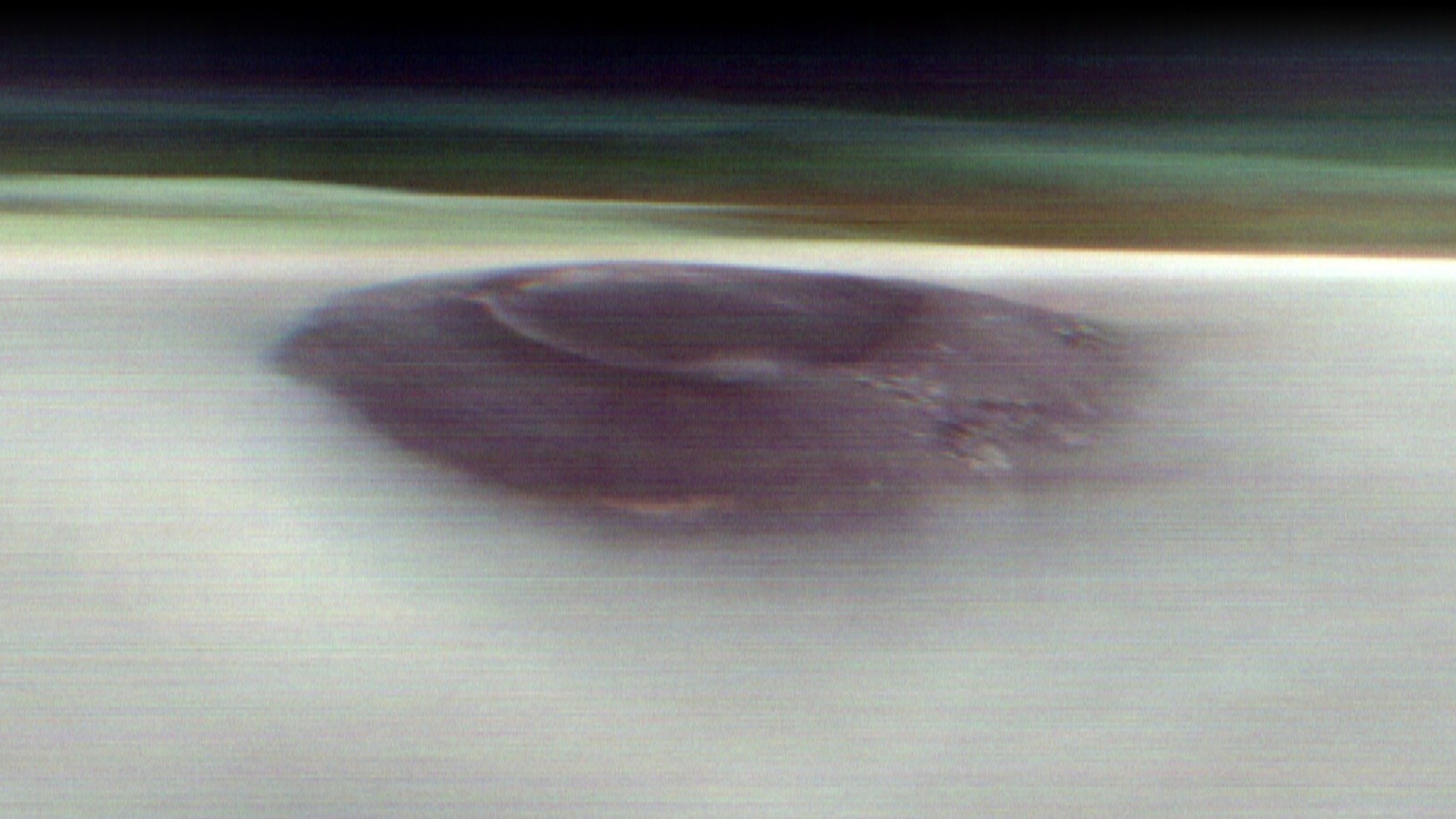Asteroid Vesta is at its brightest this week. Here's how to find it in the night sky
Vesta won't reach opposition with Earth again until Oct. 13, 2026.
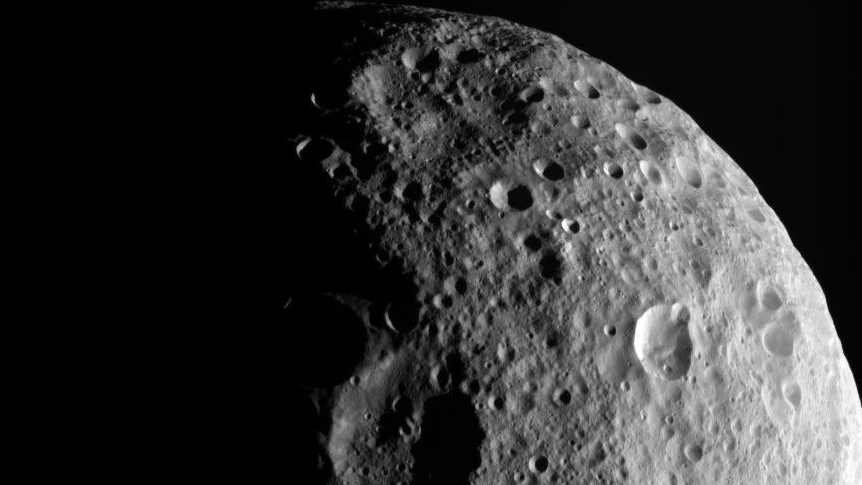
On Friday, May 2 the asteroid Vesta will reach opposition, marking the ideal period to spot the second largest asteroid orbiting in the rocky belt of debris located between Mars and Jupiter.
A solar system body is considered to be 'in opposition' when it is located at the opposite point in the sky relative to the sun from the perspective of Earth, allowing the sun to illuminate it from our perspective. During these periods of alignment, the asteroid or celestial body in question is particularly bright, which often makes for ideal astronomical observing conditions.
However, given its magnitude of around +5.7, Vesta will be challenging to spot with the naked eye, even in dark sky areas. As explained by NASA during a previous opposition, the asteroid should become easily detectable as a bright point of light with the aid of binoculars or a telescope. Thankfully the moon is still a diminutive waxing crescent in the western night sky, and so will offer relatively little glare as you search for the distant asteroid.
Vesta will reach the point of opposition at 07:58 EDT (11:58:58 GMT) on May 2, according to stargazing website in-the-sky.org, at which time the sun will be up and the asteroid will be below the horizon for those based in the U.S. During opposition, the massive hunk of primordial matter will pass a little under 110 million miles from Earth, which is the equivalent to 1.182 times the gulf separating our planet and the sun.
Viewers in New York will get a chance to see Vesta close to opposition after the sun goes down on May 2. The asteroid will reach its highest point in the night sky approximately an hour after midnight local time, at which point it will be roughly 45 degrees above the southern horizon.
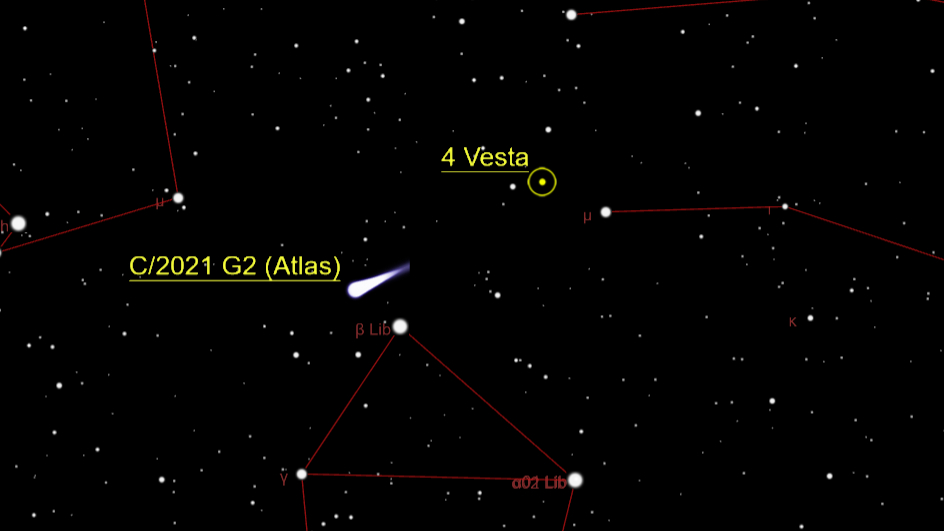
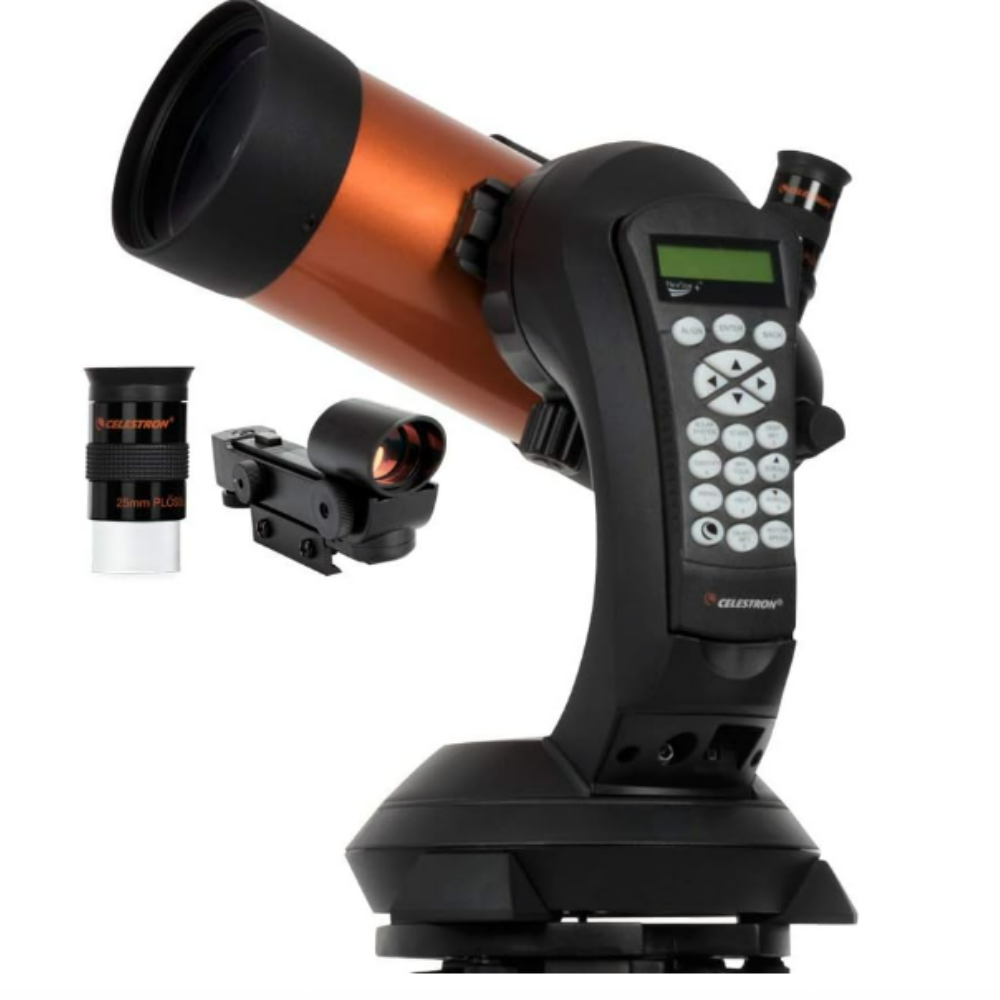
Want to see asteroids in the night sky? The Celestron NexStar 4SE is ideal for beginners wanting quality, reliable and quick views of celestial objects. For a more in-depth look at our Celestron NexStar 4SE review.
To find Vesta on the night of May 2, you first need to look to the south eastern horizon after sunset, and locate the constellation Libra, using a stargazing app. Then, find the brightest star in that constellation - a blue dwarf star named Zubeneschamali. Less than 10 degrees (about a fist's width at arm's length) to the upper right of Zubeneschamali you will find Vesta, in close proximity to the faint magnitude +4.5 star 16 Librae.
Vesta has a number of characteristics working in its favor when it comes to its visibility in the night sky. For one, it boasts a diameter of 330 miles (530 km), making it the second largest asteroid in the main asteroid belt, second only to the dwarf planet Ceres. Its surface is also highly reflective relative to other main belt asteroids.
Get the Space.com Newsletter
Breaking space news, the latest updates on rocket launches, skywatching events and more!
NASA's Dawn spacecraft reached orbit around Vesta in July 2011, and spent over a year collecting data on the asteroid's composition, geology, craters, and countless other features before departing on a rendezvous course with Ceres. The data on Vesta has led to countless discoveries surrounding the history and formation of Vesta, and continues to be poured over by scientists today.
Sadly, no further missions have been announced to rendezvous with Vesta, and so the best way for us to get fresh, new views of the asteroid is through a telescope. Vesta will not reach opposition with Earth again until Oct. 13, 2026, so be sure to head out and catch a glimpse of the distant asteroid before the orbital moment slips away.
If you're looking for a telescope or binoculars to observe Vesta and other solar system objects, our guides for the best binoculars deals and the best telescope deals now can help. Our guides on the best cameras for astrophotography and best lenses for astrophotography can also help you prepare to capture the next opposition and countless other skywatching sights.
Join our Space Forums to keep talking space on the latest missions, night sky and more! And if you have a news tip, correction or comment, let us know at: community@space.com.
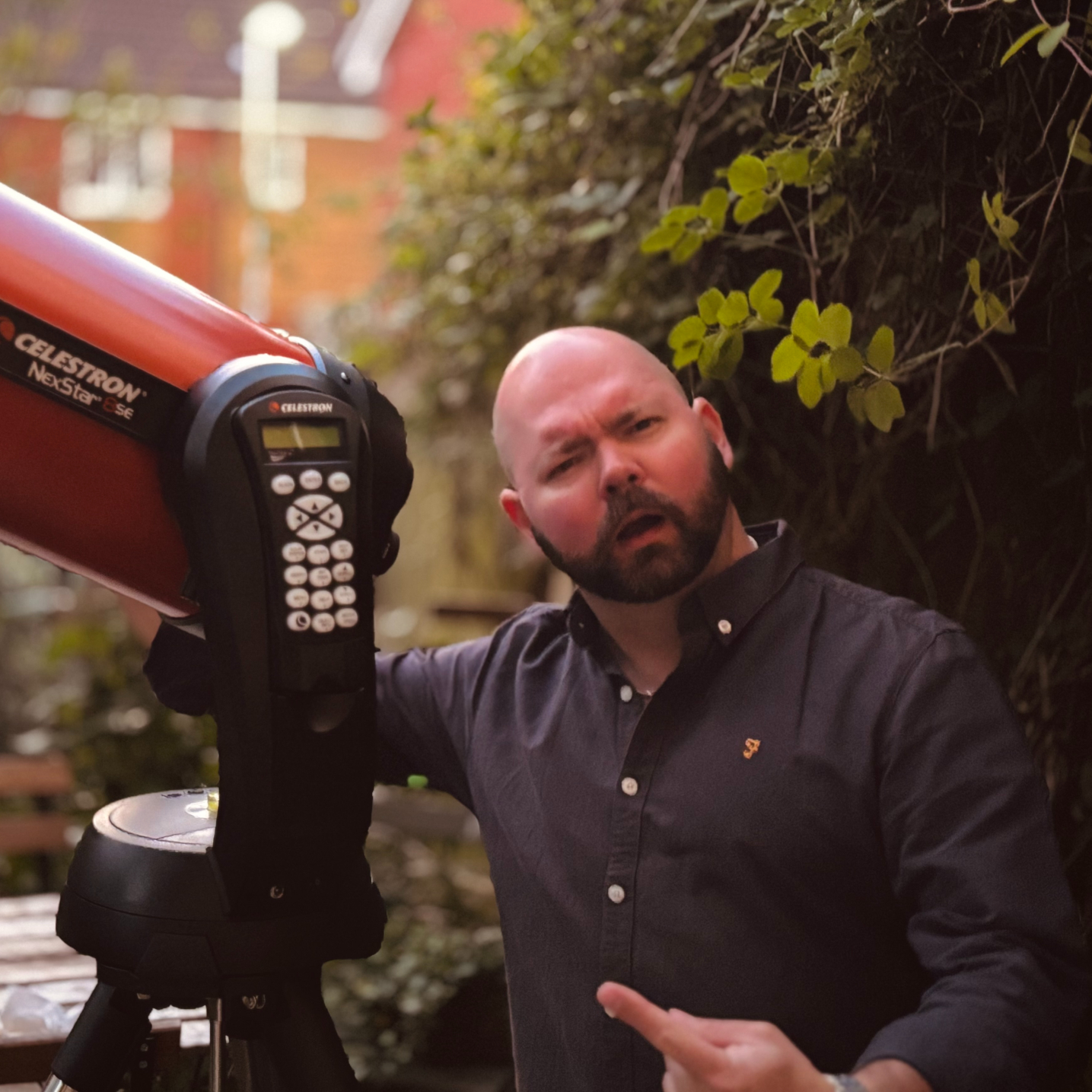
Anthony Wood joined Space.com in April 2025 after contributing articles to outlets including IGN, New Atlas and Gizmodo. He has a passion for the night sky, science, Hideo Kojima, and human space exploration, and can’t wait for the day when astronauts once again set foot on the moon.
You must confirm your public display name before commenting
Please logout and then login again, you will then be prompted to enter your display name.
